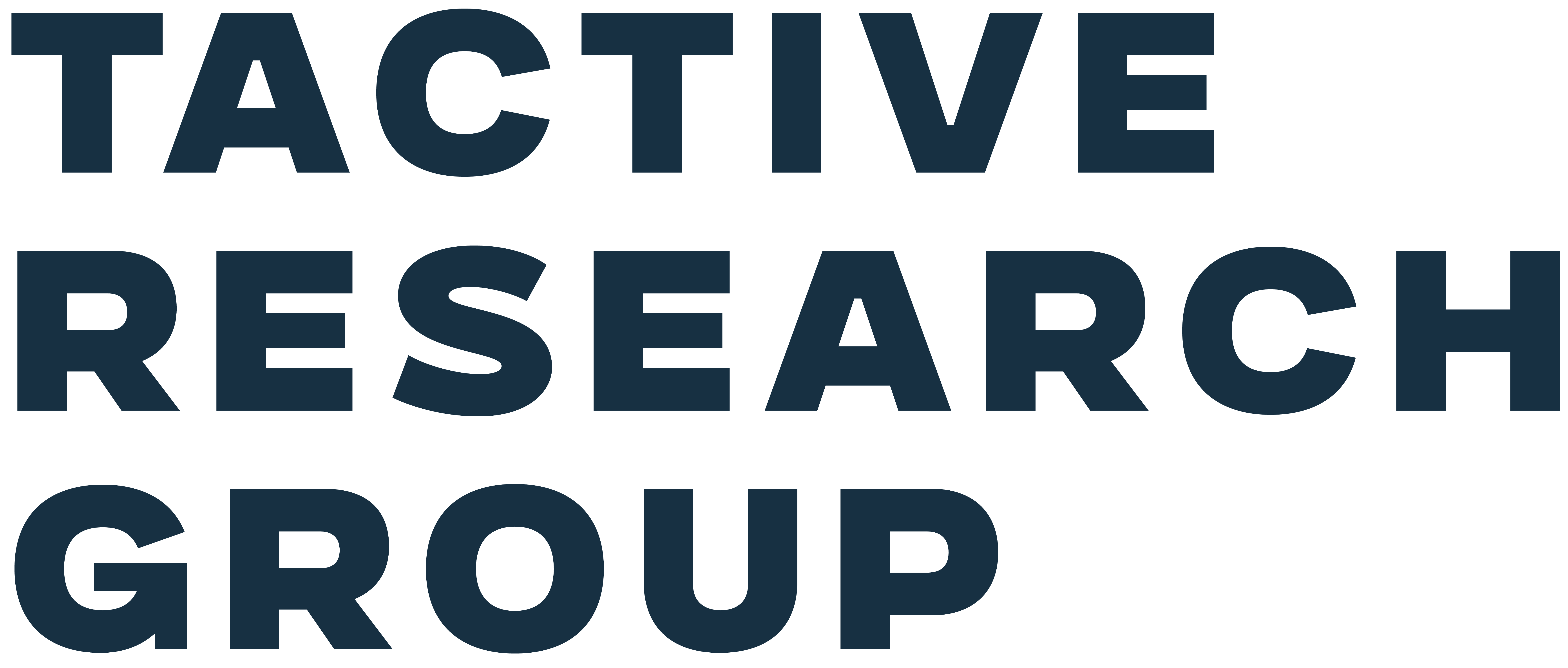Digital transformation in government has become an expectation, not an ambition. From digital ID systems to AI-driven case management, agencies are under mounting pressure to modernize services, reduce administrative burdens, and respond to crises with agility. Yet, despite the influx of cloud platforms and automation tools, transformation in the public sector remains piecemeal.
Leaping Before Looking
Many initiatives leap into modernization without assessing readiness, and this leads to brittle infrastructure, overwhelmed personnel, and siloed citizen experiences. Government IT leaders too often focus on system upgrades, not systemic readiness.
Digital maturity isn’t about adopting the latest tools; it’s about aligning digital capabilities with mission goals. Without a maturity model that evaluates both organizational strategies and process-level realities, public agencies risk building shiny new front ends on top of legacy back ends.
Important Transformation Steps
To create truly transformative outcomes in government, IT decision-makers must evaluate and improve maturity …

